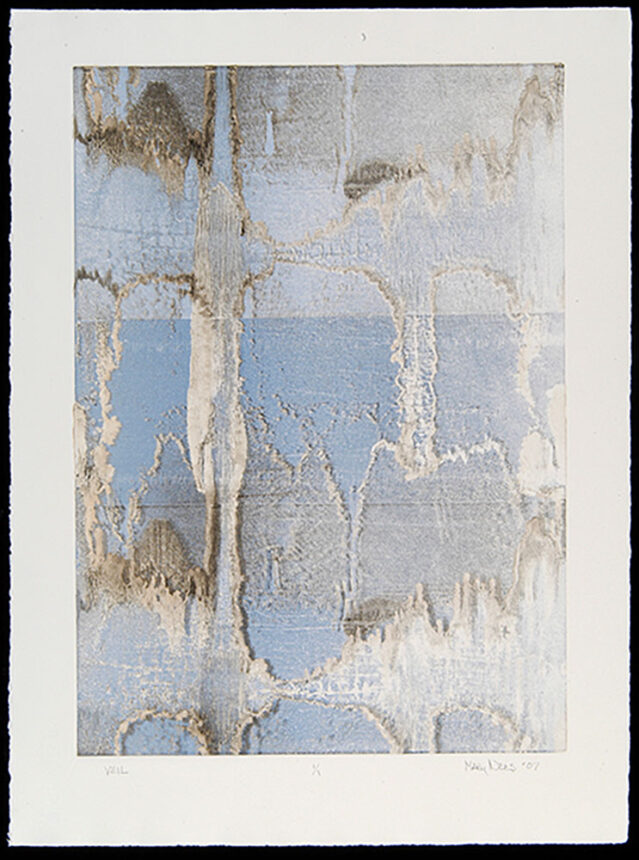Some things are too hard to see face to face.
This past week I’ve viewed numerous video clips trying to grasp the damage from the earthquakes in the Northeastern corner of the Mediterranean.
One clip haunts me still. With loud noises in the sudden collapse of a huge city structure, crowds start running and shouting, while one man just walks normally away, his back to the chaos as if a stoic. The man barely turns around to see. I’ve watched this several times. He does not visibly flinch. He is impassive, determinedly so, as if the reality across the street from him should not affect him. Surely he heard, smelled and felt the same thing upsetting those all around him?
What goes on in the mind and in the heart when hard things come down?
How would I respond? How would you? Is this why some people pay to go to horror movies so they can peer into the frightfully inexplicable? Is this one way to vicariously prepare from a safe seat? But that man in the middle of horror walked away as if nothing would deter his intention for the day… I don’t know anything about him truly from the seconds I viewed, but to me his manner was disturbing. His determination seemed a façade against reality.
We are peculiar creatures in trauma. And part of this I think is because we simply are not equipped to handle things which are way too big for mortals. We block or we freak. We all have self-protective tendencies, and we are living in increasing trauma. Some try to prepare, some dig in madly and some just try to walk away. Ok, people are different. But what if the issue at stake is a matter of critical importance? Would you know it? Would you want to know when what is happening around you is revealing matters of life or death? Do you have the courage now to investigate how in the world you might be able to face God safely, His face-to-your-face, no matter what?
This monotype is about that, about peering determinedly through the frightening chaos. It is simple but sure. This piece was done some years before the current global disruptions, but nevertheless anticipating them from my own already hard-won experience with personal trauma. This is a monotype (a painting on plexi which was then pulled through a press for a reverse transfer onto paper). It turned out! (You never know until you do it) and so I included this image in my Master of Fine Arts show. The disintegration in the foreground is what sets that back plane up. That’s important. In other words, the ripping apart in the front plane is why the back plane even becomes visible. The texture of the foreground was planned to look fragile, ethereal and even torn. I used inks which reticulated once I applied solvent on the plexi.
The background by contrast is a solid mass, stable, and to me a symbol of weighty timelessness. In a simple graphic I was aiming to suggest big things: about all that is temporally falling apart (the veil) and what is solidly available behind the immediate despair.
This all was hinted in my title. Veils cover things. Veils also protect things. They are put up in rooms or over faces to conceal for a time. They can be beautiful in an anticipatory sort of way, even alluring, for they suggest that something valuable is behind what cannot yet be seen. With a veil one has a sense that the wait might reveal something good, for what’s visible in front of any veil is only partial, preparatory. When the veil is finally removed, we get to see the substance which had been shielded. There is hope potentially here, but one must want to keep looking.
This is a biblical idea. For example, after his encounters with God, Moses hid his face in front of the people with a veil. His veil provoked them. But when Moses spoke directly again to God, it was face to face, the veil was no longer needed as a barrier between God and His friend. A veil had been prescribed by God as a protective cover between the Holy of Holies and the priests of both the exodus tabernacle and then later the temple in Jerusalem. Veils were necessary to shield what was temporal from what was Holy.
But here’s the kicker (if you stayed with the struggle and did not walk away) when Jesus died having taken into His heart the sins of the world, the veil in the temple was ripped open. The substance of His torn body became eternally significant. He always called Himself the door, the only door through. Now we understand what He meant. To look at Him is to look eye to eye into the very face of a willing, forgiving, available God who is far better than any cover which obscured Him.
In trauma, the ripping away of what we relied on or called “normal” is terrifying. But when that disintegration exposes something far greater to consider, would you really want to walk away? Any determined seeker is promised that he will find.
